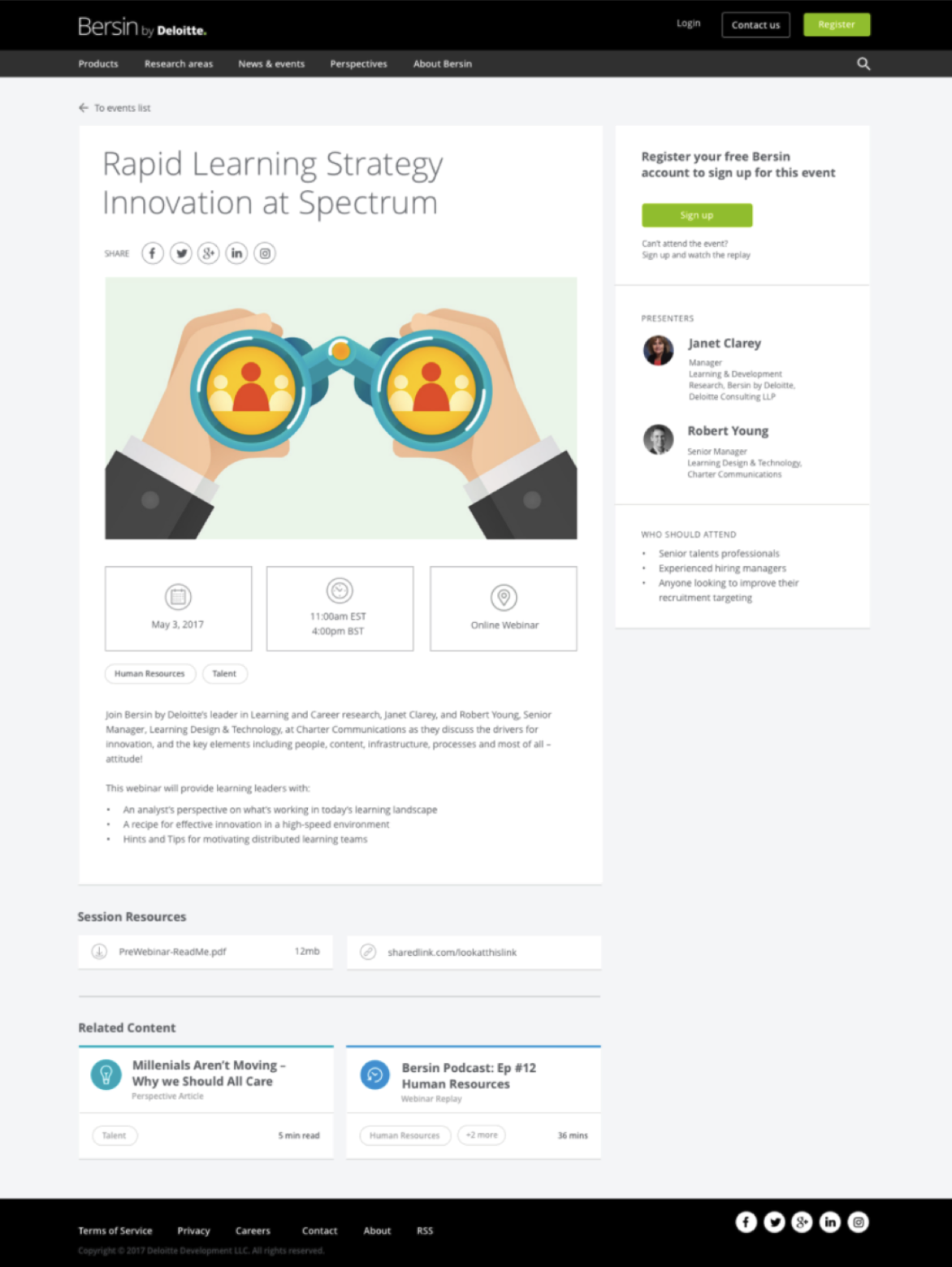
CASE STUDY
Forging the Future of Cooking: Alexa-Infused Smart Kitchen with Amazon Fresh. - Mental Models
The concept of a Smart Kitchen has evolved beyond imagination, integrating advanced technologies to transform how we interact with food and cooking. This project explores the potential of an Amazon Fresh Refrigerator equipped with Alexa, bringing voice-activated user experiences into the heart of our homes.
Client: Amazon Foods
Position: UX Research and Industry Analysis
Introduction
The Smart Kitchen envisions a refrigerator that not only restocks itself and offers personalized food suggestions but also integrates seamlessly with voice-activated systems like Alexa. By combining sensors, AI, and smart home technologies, this project aims to revolutionize the kitchen experience, making it more convenient, interactive, and tailored to individual preferences. With a focus on ideation, prototyping, and innovative design, the goal is to create a holistic kitchen assistant that enhances everyday living.
Mental modeling for large systems
Mental models are critical in designing complex systems, especially when developing software with multiple integration points and diverse user personas. They serve as cognitive representations of how users perceive and interact with a product, helping designers predict user behavior and create intuitive interfaces. When building a large-scale solution like the Amazon Fresh Refrigerator integrated with Alexa, a well-defined mental model ensures a cohesive user experience across various touchpoints.
Importance in Long-Term Projects:
Mental models provide a framework for consistency and clarity for projects with extended development timelines and multiple iterations. They allow teams to align their design decisions with user expectations, ensuring that every feature seamlessly integrates into the broader ecosystem, from voice commands to visual interfaces. By understanding how users think about food discovery, recipe preparation, and ingredient acquisition, designers can create a more engaging and effective smart kitchen experience.
Mental Model Topics of focus
The following focus areas have been defined as a hypothesis of what I believe to be the most important in discovering new foods and recipes in the SMART kitchen experience.
Searching for foods
Finding recipes
Acquiring the ingredients
Learning how to cook the recipes
Sharing experiences — ideas, comments, notes, issues, photos, food creations, stories, etc.
Streamlined Information Architecture:
A comprehensive IA audit resulted in a streamlined structure, replacing outdated elements with a modern direct messaging system. Clear boundaries were established, enhancing the user experience across the Marketing Website, Partner Advertising Funnel, and Subscription Experience for 300+ enterprise subscribers. This focused approach improved navigation and engagement, creating a cohesive user journey.
Responsive Design and Customer Experience
With over 36,000 reports available, the platform adopted a mobile-first, responsive design. Enhanced cognitive readability, improved grid spacing, and scalable design ensured longer on-site engagement, with an average of 3.5 hours per session. Customer insights drove this transition, optimizing for usability across various devices.
Modern search design patterns with oversized font styling allowed tired eyes to engage relevant content quickly over the 32 different categories of HR research.
With over 36,000 reports available, the platform adopted a mobile-first, responsive design. Enhanced cognitive readability, improved grid spacing, and scalable design ensured longer on-site engagement, with an average of 3.5 hours per session. Customer insights drove this transition, optimizing for usability across various devices.
Josh Bersin, a Thought leader in the Human Resources industry, produced many podcasts focused on scheduled areas of Interest throughout the year. Twitter was the beginning of the funnel for engagement.
This correlation with his feed and scheduled relevant HR events and content created the foundation of new readers that became Bersin by Deloitte customers.
Conclusion:
The integration of the Bersin HR platform into Deloitte’s broader ecosystem was a success, offering a cohesive experience that balanced modern UX with enterprise-level functionality. Through creative direction, responsive design, and strategic content delivery, the platform became a benchmark for Deloitte’s digital transformation efforts.

“Usability is about people and how they understand and use things, not about technology.”
- Steve Krug
























